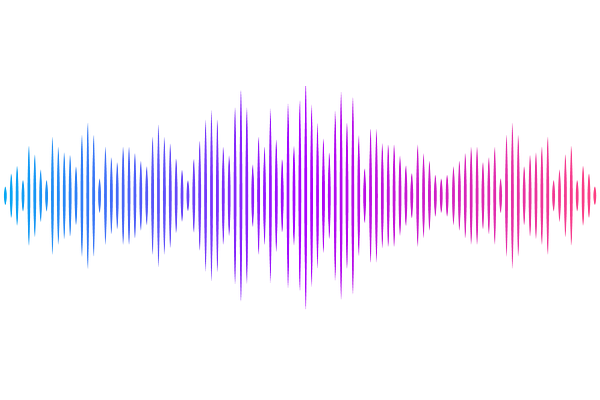Beta-Glucanase superfamily identified by sequential, functional, and structural analyses

Beta-Glucanase superfamily identified by sequential, functional, and structural analyses
Nakajima, M.; Tanaka, N.; Motouchi, S.; Kobayashi, K.; Shimizu, H.; Abe, K.; Hosoyamada, N.; Abara, N.; Morimoto, N.; Hiramoto, N.; Nakata, R.; Takashima, A.; Hosoki, M.; Suzuki, S.; Shikano, K.; Fujimaru, T.; Imagawa, S.; Kawadai, Y.; Wang, Z.; Kitano, Y.; Nihira, T.; Nakai, H.; Taguchi, H.
AbstractBeta-1,2-Glucans are natural glucose polymers that play important physiological roles, including as symbiotic or pathogenic factors and in osmoregulation. Phylogenetically new glycoside hydrolase (GH) families have recently been identified from beta-1,2-glucanase (SGL) sequences from bacteria (GH144 and GH186) and a fungus (GH162). In this study, we identified four phylogenetically new groups (Groups 1-4), and determined that these families, together with GH144, GH162, and GH189, a family of transglycosylase domains in cyclic beta-1,2-glucan synthases, form a superfamily. Biochemical analysis of six proteins in these groups revealed that the proteins in Groups 1-3 showed hydrolytic activity specific to beta-1,2-glucan. The kinetic parameters of the enzymes of Groups 1-3 were similar to GH144 and GH162 SGLs, indicating that these enzymes were SGLs. Optical rotation analysis revealed that the SGLs followed an anomer-inverting mechanism. Structural analysis and prediction of the proteins in Groups 1-4, GH144, GH162, and GH189 suggested that Groups 1-3 and GH144 had the same reaction mechanism. Nevertheless, Groups 1-3 were dispersed irregularly in the superfamily. Overall, we determined that Groups 1-3 were new GH families, GHxxx, GHyyy, and GHzzz, respectively, and proposed that this superfamily be called an SGL superfamily because of the phylogenetical, functional, and structural relationships within the superfamily.